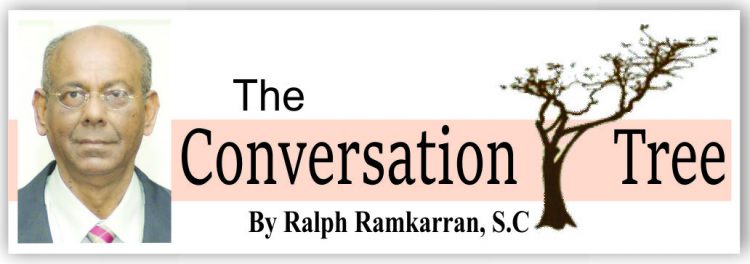
The two most prominent figures who emerged from the Rebellion are Quamina and the Rev. John Smith. Quamina was a skilled carpenter at Plantation Success. Like all the other enslaved, he had suffered severe punishment but had become a Christian and had been appointed a deacon. He was trusted and was a proud and dignified man and a dedicated worker. Rev. John Smith, a man of ‘modest origins,’ arrived at Le Ressouvenir in British Guiana in February, 1816, with his wife Jane, to replace Rev. John Wray. Missionaries were being influenced by the abolition movement and Rev. John Smith’s sentiments sympathetic to the conditions of the enslaved were strengthened by their ‘helplessness.’
There had been growing tensions between planters and missionaries as a result of a dispute about teaching the enslaved to read. Planters felt that if they could read, they would become agitated by abolitionist writings. Missionaries felt that it was necessary for them to learn to read so that they could read the Bible. Animosity grew against Rev. John Smith to such an extent that immediately after the Rebellion, he was indicted with assisting the rebellious when in fact he had no foreknowledge of it and did his best to stop it when rumours became widespread. He was sentenced to death with a recommendation of mercy but died in prison while awaiting the royal reprieve. Smith, a consumptive, was held in the most appalling conditions for six months and his death was really murder by deliberate neglect.
Jack Gladstone, probably named after Sir John Gladstone, the father of British Prime Minister, William Gladstone, who had estates in Demerara, was the son of Quamina. He was tall and described in wanted posters after the Rebellion as ‘handsome.’ He was a skilled cooper and had several lady friends in several estates. He was deeply intolerant of his enslaved condition. After word began to spread that new laws ameliorating the conditions of the enslaved had been made but that the authorities were suppressing them, general agitation spread. Jack Gladstone was determined that the enslaved should not be shortchanged.
Quamina was the recognized leader of the Rebellion while Jack Gladstone was its principal organiser. He traveled secretly and at night to estates, agitating and encouraging fellow enslaved to rise up. He planned, organised and established teams and systems. His father, Quamina, had been hesitant but came on board later. His prestige added support for the Rebellion. He wavered toward the end because of uncertainty as to its success, but still held firm and eventually refused to surrender, walking away with head held high in response to a shout from a soldier to stop. He was shot in the back.
The Rebellion along the coast was widespread, involving thousands, but astonishingly free of violence. The estimate of the number involved vary between 9,000 and 12,000. No one was killed and very few were hurt. Planters and their families were treated with great courtesy and held in their homes or elsewhere in the compound.
John Newsinger, a professor of history, in “The Blood Never Dried,” reported that Major General John Murray, upon encountering forty of the rebels, promised them reforms. They retorted that: “God had made them of the same flesh and blood as the whites: they were tired of being slaves; their good King had sent orders that they should be free, and they would not work anymore.’
Newsinger, whose book is a history of British colonial violence, said that John Gladstone had urged the government to dispatch troop reinforcements to Demerara and to have ‘ships of war stationed or cruising around.’ Gladstone argued that the enslaved had to be kept ‘in due subjection and subordination’ and it had to be made clear to them ‘that any renewed attempt will end in their own destruction.’
The Rebellion collapsed after the militia was deployed. There were some brief firefights but most surrendered. The revenge was swift, deadly and murderous. In the butchery some 225 slaves were summarily executed, innocent as well as guilty, many without trial and some after a brief, perfunctory, trial designed to intimidate. Many who were executed were decapitated, forcibly and tearfully by their fellow enslaved and co-workers, and their heads displayed on poles in the estate and elsewhere.
Jack Gladstone was tried and convicted. It was feared that if he were executed, he would become a martyr. He was deported to St. Lucia where he was sold.
(This is an amended version of an article first published in 2015).
(This column is reproduced with permission from Ralph Ramkarran’s blog, www.conversationstree.gy)





